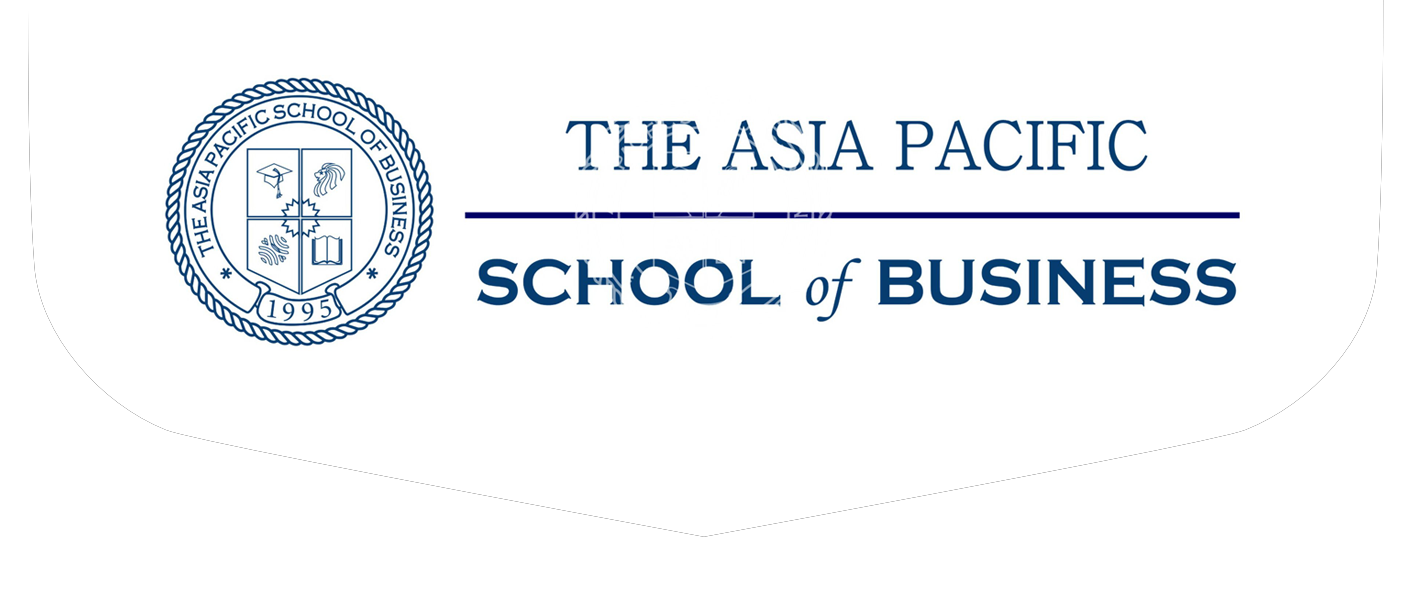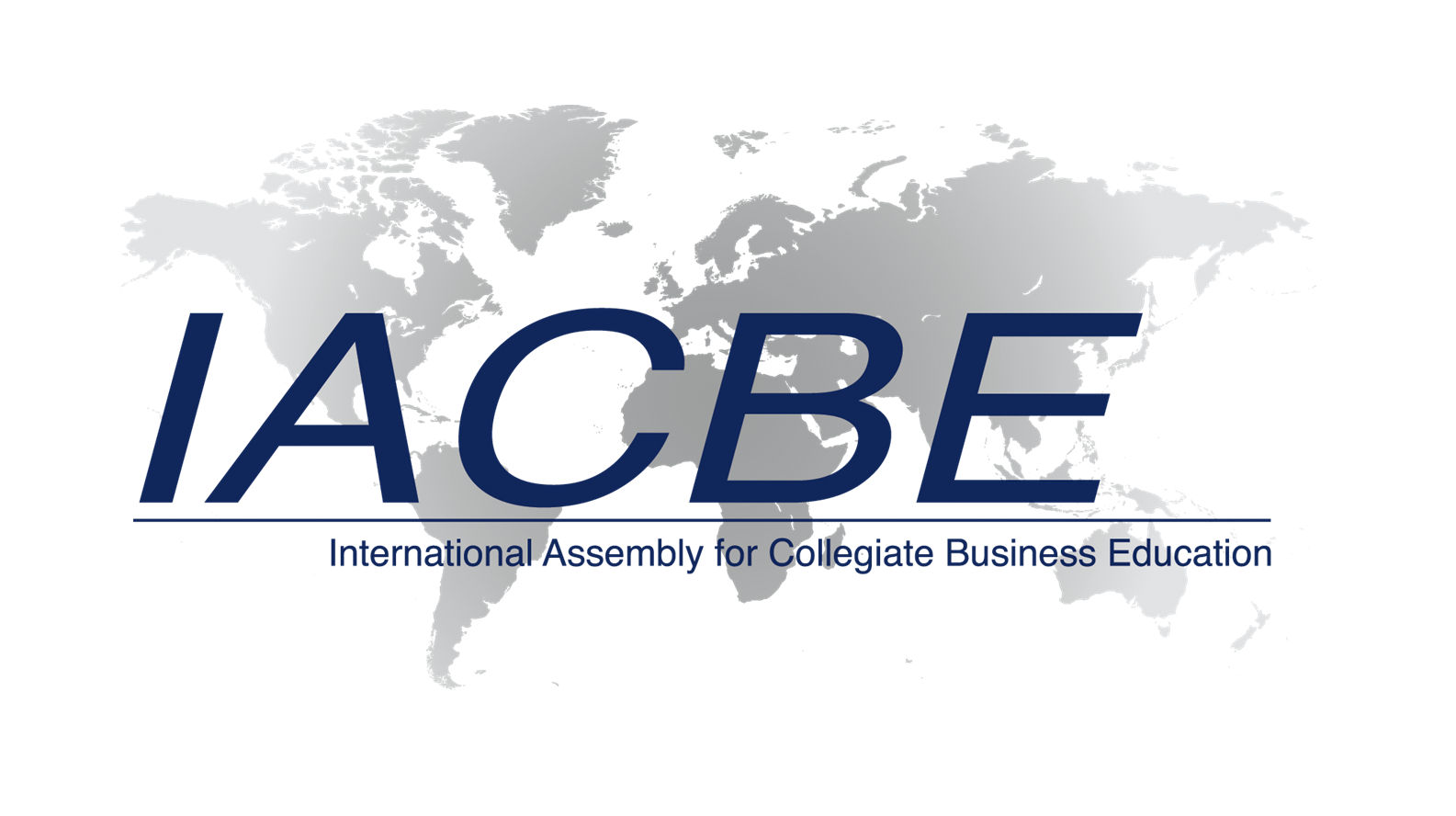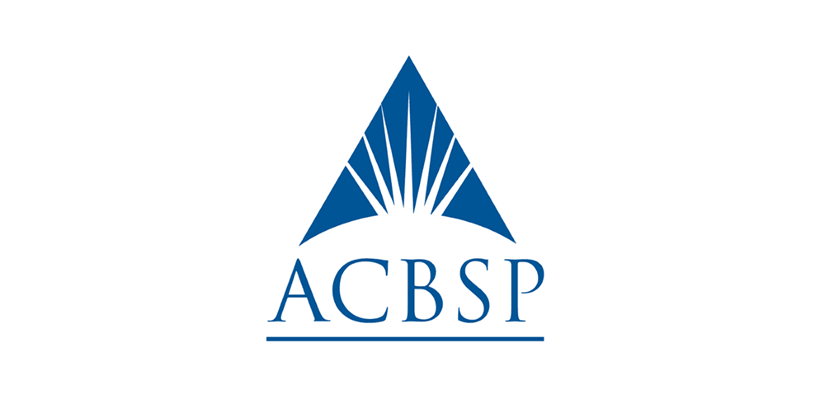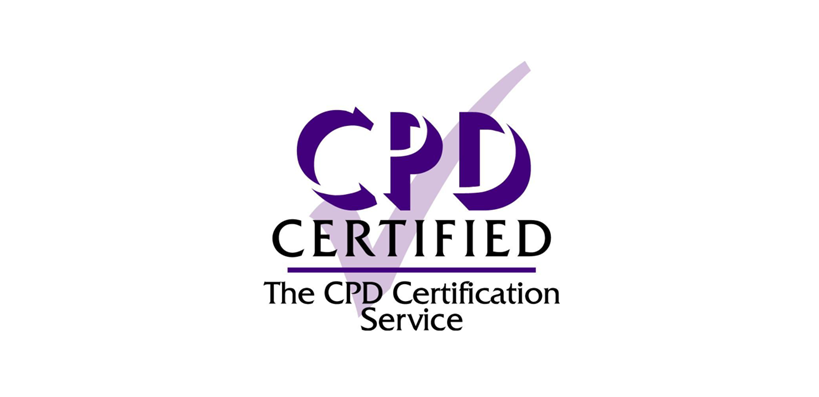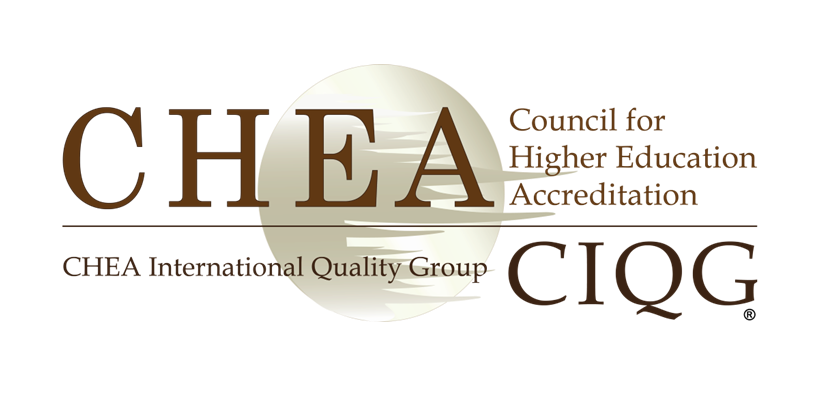Education News
List of joint degree programs

The joint training dual-granting and joint degree-granting program is to build a postgraduate international training platform, learn from advanced international experience and explore a postgraduate training model that is closely integrated with engineering practice, improve the curriculum system and application-oriented talent training program, and promote the transformation of graduate training mode; The Asia Pacific School of Business has cooperated with well-known universities and colleges at home and abroad to set up 13 joint training double-granting and joint degree-granting programs (only applicable to master students).

The United Kingdom of Great Britain and Northern Ireland
England, Wales and Scotland implement a compulsory education system for 5 to 16 years old, and Northern Ireland implements a compulsory education system for 4 to 16 years old. Compulsory education is in charge of local governments, while higher education is in charge of the central government.
Britain attaches great importance to the improvement of education and scientific research, and continues to increase investment in education. Students in public schools in primary and secondary schools are exempt from paying tuition, accounting for more than 90% of the total number of students. Private schools have better teachers and teaching equipment, but the fees are high. The students are mostly children of wealthy families, accounting for about 7% of the total number of students. The English blindness rate is only 1%.
About 40% of middle school graduates can receive higher education. There are more than 110 universities and higher education colleges in the country. Well-known institutions of higher learning include Oxford University, Cambridge University, Imperial College London, London School of Economics, University of St Andrews, University College London, University of Warwick, University of Manchester, University of Edinburgh and Cardiff University. More than 300,000 overseas students are currently studying in British colleges and universities.
About 40% of middle school graduates can receive higher education. There are more than 110 universities and higher education colleges in the country. Well-known institutions of higher learning include Oxford University, Cambridge University, Imperial College London, London School of Economics, University of St Andrews, University College London, University of Warwick, University of Manchester, University of Edinburgh and Cardiff University. More than 300,000 overseas students are currently studying in British colleges and universities.
| PROJECT DESCRIPTION |
- Exempt from language requirements (no IELTS)
- Exemption of performance requirements (commissioned training)
- Teaching in native language (with translation in class)
- One year of schooling (two years for individual majors)
- Those with excellent grades can be exempted from the thesis requirement
- After graduation, you can obtain international certification (Chinese students can obtain the "Foreign Academic Degree Certificate" from the Overseas Education Service Center of the Ministry of Education of China)
- Obtain a UK work visa after graduation (depending on the situation)
| STRATEGIC COOPERATION UNIVERSITY COLLEGES THAT PROVIDE JOINT TRAINING |
University of Oxford
University of Cambridge
King's College London
The University of Edinburgh
Imperial College London
The London School of Economics and Political Science
The University of Manchester
The University of Warwick
| SPECIAL NOTE |
The above-mentioned strategic cooperative university colleges will make a certain and necessary acceptance rate based on student credit.
- Applicants must have a certain family background, property security, etc.
- Applicants must have certain language communication skills (IELTS scores are not required)
- The acceptance rate is relative, therefore, we do not guarantee 100% success through the university college review
| CONTACT YOUR PROJECT MANAGER |
 Lily Chuang
Lily Chuang
P: +44-131-6183666
F: +44-131-6183666
President of British Affairs Project
Monday to Friday: 09:30-18:30 (UTC/GMT +00:00)

The United States of America
Primary and secondary education is mainly managed by the state education committees and local governments. There are two types of schools: public and private. Most states implement compulsory education for ten years. The educational system varies from state to state, most of which are six years of elementary school, three years of junior high school, and three years of high school. Higher education has two-year junior colleges and technical colleges, four-year undergraduates and two to four-year graduate schools.
Famous institutions of higher learning are: Harvard University, Princeton University, Yale University, University of Pennsylvania, Duke University, Stanford University, California Institute of Technology, Massachusetts Institute of Technology, Columbia University, Dartmouth College, Washington University St. Louis, Northwestern University, Cornell University, Johns Hopkins University, Brown University, University of Chicago, Rice University, University of California, Berkeley, etc.
In the United States, you must go to school before the age of 18. Must be 18 years old. Students can enter public schools or private schools. In public and private schools, education is divided into three levels: elementary school, junior high school and high school.
In a United Nations education index of 21 countries, the United States scored 99.9, ranking first in the world. 76.6 million students are enrolled in 16 grades. Among them, in the compulsory education stage, 5.2 million people (10.4%) are enrolled in private schools. Among the country’s adult population, 85% have graduated from secondary school and 27% have obtained a bachelor’s degree or above. According to statistics from the United States Census Bureau in 2002, the average annual income of college graduates was US$45,400, which exceeded the average US$10,000. The literacy rate of the population over 15 years of age in the country is 98%.
| PROJECT DESCRIPTION |
- Exempt from language requirements (no IELTS and TOEFL)
- Exemption of performance requirements (commissioned training)
- Teaching in native language (with translation in class)
- One year of schooling (two years for individual majors)
- Those with excellent grades can be exempted from the thesis requirement
- After graduation, you can obtain international certification (Chinese students can obtain the "Foreign Academic Degree Certificate" from the Overseas Education Service Center of the Ministry of Education of China)
- Obtain a U.S.A. work visa after graduation (depending on the situation)
| STRATEGIC COOPERATION UNIVERSITY COLLEGES THAT PROVIDE JOINT TRAINING |
Harvard University
Boston College
State University of New York
Business Institute of Pennsylvania
Concordia University Wisconsin
Cornell University
Johns Hopkins University
Stockton University
Stanford University
California Institute of Technology
Washington State University
| SPECIAL NOTE |
The above-mentioned strategic cooperative university colleges will make a certain and necessary acceptance rate based on student credit.
- Applicants must have a certain family background, property security, etc.
- Applicants must have certain language communication skills (IELTS and TOEFL scores are not required)
- The acceptance rate is relative, therefore, we do not guarantee 100% success through the university and college review
| CONTACT YOUR PROJECT MANAGER |
 Xinrui LU
Xinrui LU
P: +1-724-3630111
F: +1-724-3630111
President of American Affairs Project
Monday to Friday: 09:30-18:30(UTC/GMT -05:00)
The Republic of Korea

The Republic of Korea
The six-year compulsory education in primary schools was implemented in 1953, and the three-year compulsory education in junior high schools has been popularized since 1993. 80% of higher education institutions are private. The education budget for 2019 is about 75.2 trillion won, an increase of 10.2% over the previous year.
There are nearly 20,000 schools (public and private) across the country, with more than 11 million students and more than 500,000 teachers. There are three famous universities in the S.K.Y. Alliance, namely Seoul University, Yonsei University, Korea University and so on.
South Korea is a country that attaches great importance to education. There are thousands of colleges and universities of various types across the country. Seoul National University is a comprehensive college, and Yonsei University and Korea University are also called SKY of Korea, which means to support a lot of higher education in South Korea; in addition, the Korea Institute of Science and Technology (KAIST), Pohang University of Technology and Sungkyunwuan University also enjoys a high reputation internationally.
Since 1984, a science high school was established to send scientific and technological talents to universities. By 1988, a total of 5 were established. Higher education has four-year junior colleges and comprehensive universities, five-year broadcasting universities and correspondence universities, two- and four-year open universities (founded in 1981), four-year normal universities and educational universities . Those who pass university graduation can get a bachelor's degree. The graduate school has master's programs and doctoral programs. Corresponding to the ordinary school system are technical schools and higher technical schools, whose purpose is to train students in specialized skills. The purpose of elementary and secondary civic schools is to cultivate students' reading and writing skills.
| PROJECT DESCRIPTION |
- Exempt from language requirements (no IELTS and TOEFL and TOPIK)
- Exemption of performance requirements (commissioned training)
- Teaching in native language (with translation in class)
- One year of schooling (two years for individual majors)
- Those with excellent grades can be exempted from the thesis requirement
- After graduation, you can obtain international certification (Chinese students can obtain the "Foreign Academic Degree Certificate" from the Overseas Education Service Center of the Ministry of Education of China)
- Obtain a KR work visa after graduation (depending on the situation)
| STRATEGIC COOPERATION UNIVERSITY COLLEGES THAT PROVIDE JOINT TRAINING |
Sejong University
Hanyang University
Seoul National University
Sungkyunkwan University
Chugye University for the Arts
Dongguk University
Korea Advanced Institute of Science and Technology
Pusan National University
| SPECIAL NOTE |
The above-mentioned strategic cooperative university colleges will make a certain and necessary acceptance rate based on student credit.
- Applicants must have a certain family background, property security, etc.
- Applicants must have certain language communication skills (TOEFL and TOPIK and IELTS scores are not required)
- The acceptance rate is relative, therefore, we do not guarantee 100% success through the university college review
| CONTACT YOUR PROJECT MANAGER |
 Seo-young Park
Seo-young Park
P: +82-2-8808636
F: +82-2-8805014
President of Korean Affairs Project
Monday to Friday: 09:30-18:30 (UTC/GMT +09:00)
New Zealand and Commonwealth of Australia
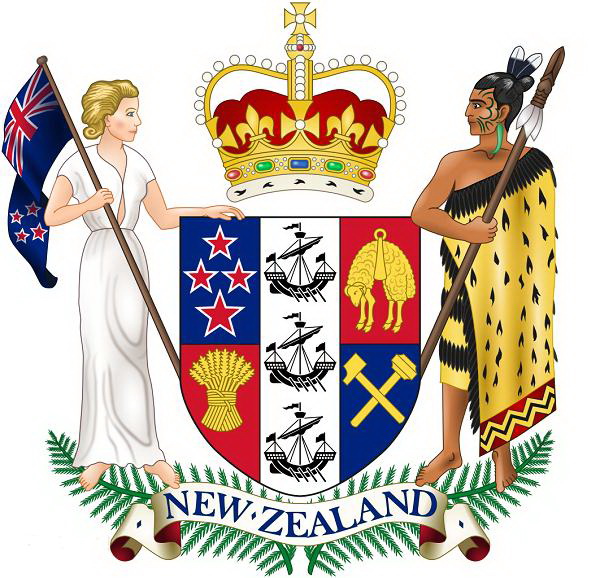

New Zealand and Commonwealth of Australia
New Zealand National Primary and Secondary Schools implement free education, and the age of entry is 5 years old; compulsory education is provided for young people aged 6 to 15 years old. In 2002, the government issued the "Early Childhood Education Strategy" to strengthen early childhood education and improve the quality of education. Major universities include: University of Auckland, Auckland University of Technology, Waikato University, Victoria University, University of Canterbury, Massey University, University of Otago, Lincoln University. The countries of origin of New Zealand students are mainly China (including Hong Kong), South Korea, Japan, India, etc.
Early Childhood Education
Not compulsory education, but care for babies and toddlers before they go to school. Early childhood education services include kindergartens, nurseries, amusement centers, family daycares, child care centers, and community amusement parks.
Elementary and Secondary Education
In New Zealand, children between the ages of 6 and 16 must receive compulsory education in elementary, middle and high schools. There are 660,000 primary and secondary school students studying in more than 2,800 national primary and secondary schools across the country. The government invests 2 billion New Zealand dollars in primary and secondary education each year. Most children in New Zealand start school at the age of 5, and go to public schools (funded by the government) before the age of 19 for free education. Students who receive special education (with disabilities, learning and behavioral disabilities) are extended to 21 years old, and public schools are governed by the New Zealand government. Funded and spread all over New Zealand.
Higher education
Students who have completed secondary school can continue to receive higher education and training. This can be done in polytechnics, education colleges, universities and private training institutions. Students need to pay tuition for their higher education. About 800 private training institutions offer a wide range of learning programs, some of which can be recognized nationally.
Famous universities
University of New Zealand
There are eight national universities and 19 national polytechnics in New Zealand.
Famous universities: The University of Auckland, Auckland University of Technology, Victoria University of Wellington, Massey University, University of Canterbury, Lincoln University (Lincoln University), University of Otago, The University of Waikato, Aoraki Polytechnic, Bay of Plenty Polytechnic, Tauranga, Christchurch Polytechnic Institute of Technology (Christchurch)
Other universities: Eastern Institute of Technology, Manukau Institute of Technology, Nelson Institute of Technology, New Zealand Northland Institute of Technology, Otago Institute of Technology, Southern Institute of Technology, Teptini Institute of Technology, New Zealand Research Center of The Asia Pacific School of Business, Terra Verde Institute of Technology, Thailand Alford Agricultural Institute of Technology, UNITEC National Institute of Technology, National United Institute of Technology, Waialiki Institute of Technology, Waikato Institute of Technology, Wellington Institute of Technology, National Western Institute of Technology, Vitria National Institute of Technology.
Australian primary and secondary schools and vocational colleges are managed by the Ministry of Education of each state or territory, funded by the federal government, and universities are managed by the federal government. All Australian citizens and permanent residents enjoy free primary and secondary education. Australia has 42 universities and more than 230 technical colleges. The academic qualifications of various schools are mutually recognized by the states, and the qualifications of Australia are widely recognized by countries all over the world.
Australia’s education has a world-class standard. In a country with a population of only 20 million in the past few years, 13 scientists have won the Nobel Prize. All Australian school education is designed according to individual needs, abilities and interests, so that every student can develop his personal potential in all aspects, and can be used in all walks of life.
The Australian education system can be divided into five parts, namely ① primary and secondary schools; ② vocational training system composed of the Technical and Continuing Education Institute (TAFE); ③ English tuition school (ELICOS) that provides English courses for overseas students; Private schools for vocational courses such as hotel management and aviation driving; ⑤Universities.
Australia’s education system roughly inherits the British system, with 6 years of primary school (that is, grades 1-6); 6 years of secondary school (grades 7-12, regardless of junior high and high school); 2-3 years of junior college; 3 years of university. Depending on the department, the length of study is also different, for example: 3 years in liberal arts, business, and science, 4 years in engineering, 4 or 5 years in law, and 6 years in medicine. Generally, those who want to enter a college or higher school must complete 12 years of education. If Australian students want to continue their studies after graduating from the 12th grade, they can have two options: first, the college of technical and continuing education focusing on practical courses; second, university courses with an academic and theoretical nature. The eligibility for application is based on the grade 12 graduation examination results.
Pre-university courses: Australia’s pre-university courses are designed for all overseas students to prepare for their undergraduate studies. Local residents do not need to enter the pre-university courses. The preparatory courses in Australia are designed to help those who have completed the 12th grade of high school education in their own country, but cannot directly apply to enter an Australian university. It usually lasts for one year.
Australia's university level is extremely high, once ranked third in the world by the British Times. Well-known institutions of higher learning include members of the Australian Eight Schools Alliance, University of Wollongong, Royal Melbourne Institute of Technology, University of Technology Sydney, etc.
| PROJECT DESCRIPTION |
- Exempt from language requirements (no IELTS and TOEFL)
- Exemption from performance requirements (commissioned training)
- Mother Tongue Teaching (Classroom Translation)
- One year of schooling (two years for individual majors)
- Those with excellent grades are exempt from the thesis requirement
- International certification can be obtained after graduation (Chinese students can obtain "foreign academic degree certificate" at the Overseas Education Service Center of the Ministry of Education of China)
- Obtain work visas for New Zealand and Australia after graduation (subject to circumstances)
| STRATEGIC COOPERATION UNIVERSITY COLLEGES THAT PROVIDE JOINT TRAINING |
Auckland University of Technology
Victoria University of Wellington
University of Canterbury
Lincoln University, New Zealand
University of Auckland
University of South Wales
University of APSB
University of Wollongong
The Australian National University
Monash University
The University of Melbourne
Central Queensland University
| SPECIAL NOTE |
The above-mentioned strategic cooperative university colleges will make a certain and necessary acceptance rate based on student credit.
- Applicants must have a certain family background, property security, etc.
- Applicants must have certain language communication skills (IELTS and TOEFL scores are not required)
- The acceptance rate is relative, therefore, we do not guarantee 100% success through the university and college review
| CONTACT YOUR PROJECT MANAGER |
Shiying Cao
P: +64-7-8080888
F: +64-7-8080888
President of New Zealand and Commonwealth of Australia Affairs Project
Monday to Friday: 09:30-18:30 (UTC/GMT +12:00)
In order to further improve teaching and research management, teaching ability and academic quality, we reserve the right to modify the data without notice.
